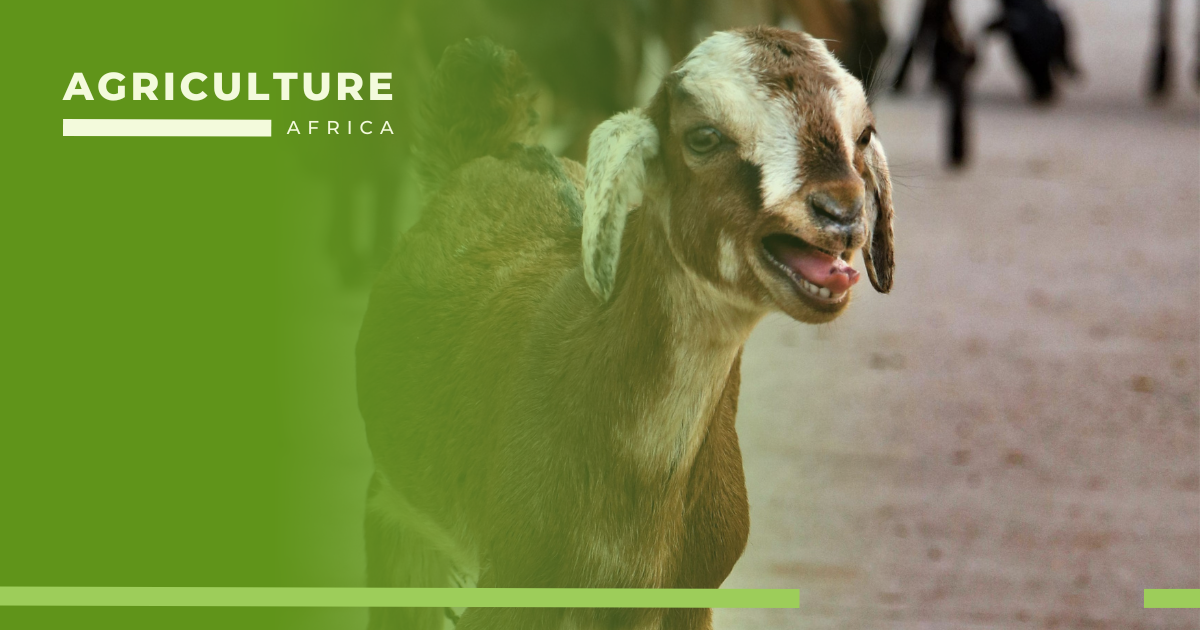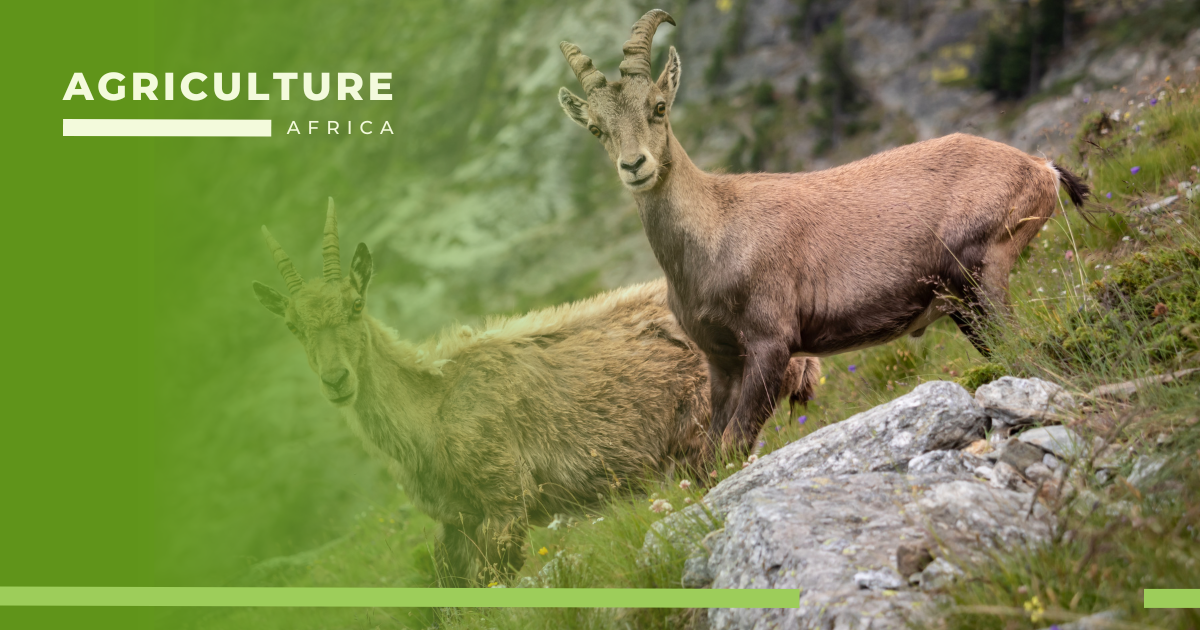
Empowering African Farmers for Sustainable Farming Culture
Dairy goat farming is a popular and profitable industry that has grown in popularity among young people in recent years. Dairy goat farming can provide a long-term source of income as well as a rewarding educational experience for young farmers. However, success in this industry is dependent on a variety of factors, including selecting the appropriate breeds for your farm. In this article, we will discuss four goat breeds that are ideal for a youth-run dairy goat farm and provide care instructions for them. This guide will assist you in developing a successful and profitable dairy goat operation, whether you are a seasoned farmer or just starting out.
Dairy goat farming is a popular industry in Africa, providing many farmers with a sustainable source of income and nutrition. We will look at four popular dairy goat breeds in Africa in-depth, examining their physical characteristics, milk production, and temperament.
The Nubian goat is a large breed native to North Africa and the Middle East. They have long, pendulous ears and a roman nose, giving them a distinct appearance. Nubians are also well-known for producing a lot of milk, which is rich and creamy with a lot of butterfat. They can produce up to 2 liters of milk per day, making them an excellent addition to any dairy goat farm.
Nubian goats are known for their friendly, social personalities in addition to their milk production. They are curious and intelligent animals that enjoy human interaction and make excellent pets and dairy animals.

The Saanen goat is a medium to large-sized breed that originated in Switzerland but is now found all over Africa. They are distinguished by their white, short-haired coats and erect ears. Saanens are valued for their high milk production and mild, slightly sweet milk with a low butterfat content. They are one of the most productive dairy goat breeds, producing up to 3 liters of milk per day.
Saanens are also known for their docile, easygoing temperament, which makes them an excellent choice for beginning farmers. They can live in a variety of climates and are resistant to many common goat diseases.
The Alpine goat is a medium to large-sized breed that originated in the French Alps and is now found all over Africa. They are known for their erect ears and straight nose and come in a variety of colors, including black, brown, and gray. Alpines are prized for their abundant milk production, which is rich and creamy with a high butterfat content, making it ideal for the production of cheese and yogurt. They have the capacity to produce up to 2 liters of milk per day.
Alpine goats are also known for their adaptability and hardiness. They can thrive in a variety of climates and are resistant to the majority of common goat diseases. They are energetic and playful animals who require a lot of space and exercise.

Toggenburg goats are a medium-sized breed that originated in Switzerland but is now found throughout Africa. They are distinguished by their white ears and a white stripe down their faces. Toggenburgs are prized for their high milk production and rich, creamy milk with a slightly nutty flavor. They have the capacity to produce up to 2 liters of milk per day.
Toggenburg goats are also known for their friendly, calm demeanor, making them a popular choice for family farms. They are tough creatures that can adapt to a wide range of climates and conditions.

These four popular African dairy goat breeds each has their own distinct characteristics, strengths, and weaknesses. When selecting a breed for their farm, farmers should consider factors such as milk production, temperament, adaptability to local conditions, and disease resistance. Dairy goat farming in Africa can be a rewarding and profitable enterprise with the right breed and proper care.
A summary table of the key characteristics of the four popular dairy goat breeds in Africa:
| Breed | Origin | Size | Milk Production | Temperament |
|---|---|---|---|---|
| Nubian | North Africa and the Middle East | Large | High yield, rich, and creamy with a high butterfat content | Friendly and social |
| Saanen | Switzerland | Medium to large | High yield, mild, and slightly sweet with a low butterfat content | Docile and easy-going |
| Alpine | French Alps | Medium to large | High yield, rich, and creamy with a high butterfat content | Active and playful |
| Toggenburg | Switzerland | Medium | High yield, rich and creamy with a slightly nutty flavor | Calm and friendly |
These characteristics can help farmers choose the best breed for their specific needs and goals in dairy goat farming.
According to the Food and Agriculture Organization of the United Nations (FAO), “Goat milk is a valuable source of high-quality protein, vitamins, and minerals. In many parts of Africa, goats are an important source of food and income for rural households” (FAO, 2014).
In regards to the Nubian goat, the American Dairy Goat Association (ADGA) states, “Nubians are friendly, outgoing, and vocal. They are excellent milkers and their milk is high in butterfat” (ADGA, 2022).
The Saanen goat is also recognized for its milk production, with the International Dairy Goat Registry (IDGR) noting, “Saanen milk is high in volume, mild-flavored, and is low in butterfat and solids” (IDGR, n.d.).
The Alpine goat is known for its versatility and hardiness, with the Dairy Goat Journal stating, “Alpines are excellent milkers, hardy, and adaptable to a wide range of conditions. They are great foragers and do well on range or pasture” (Dairy Goat Journal, 2019).
The Toggenburg goat is valued for its temperament, with The Livestock Conservancy noting, “Toggenburgs are known for their calm and friendly dispositions, making them good candidates for family farms or petting zoos” (The Livestock Conservancy, n.d.).
Food and Agriculture Organization of the United Nations (FAO). (2014). Dairy goats in intensive and semi-intensive systems.
American Dairy Goat Association (ADGA). (2022). Nubian goat.
International Dairy Goat Registry (IDGR). (n.d.). Saanen.
Dairy Goat Journal. (2019). Alpine goats: The Swiss army knife of dairy goats.
The Livestock Conservancy. (n.d.). Toggenburg goat.
For more on agricultural Practices Visit
Your donation fuels change! Help Agriculture Culture in Africa empower farmers with resources, training, and access to innovation. Together, we can revolutionize African agriculture.

Empowering Sustainable Growth and Innovation in African Agriculture
Sign up to our newsletter